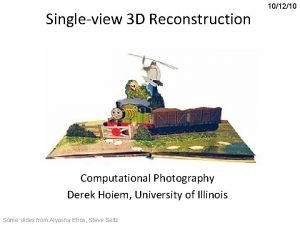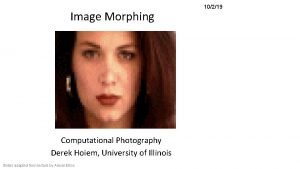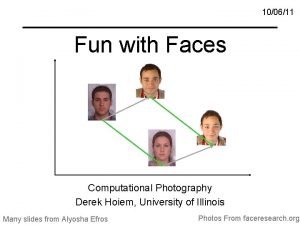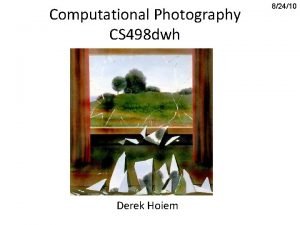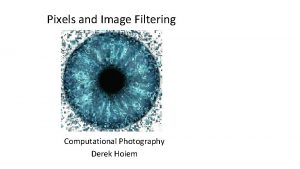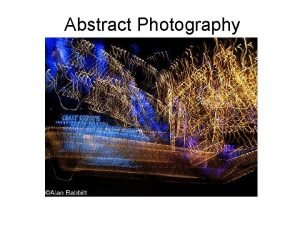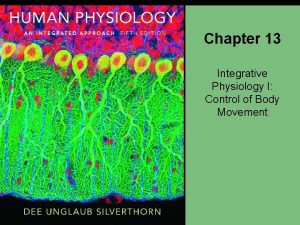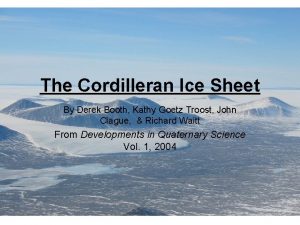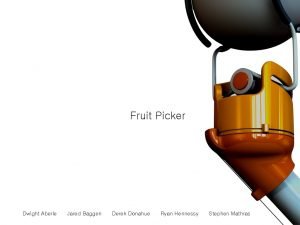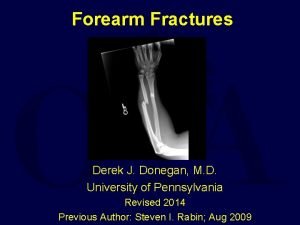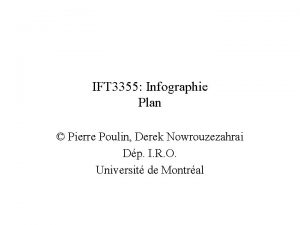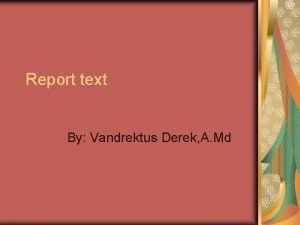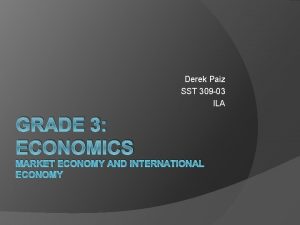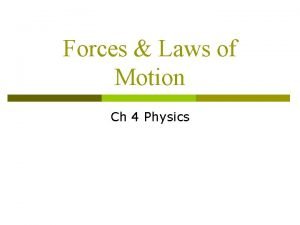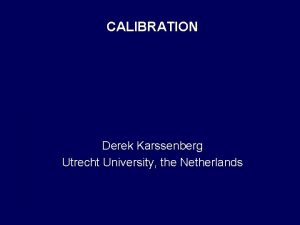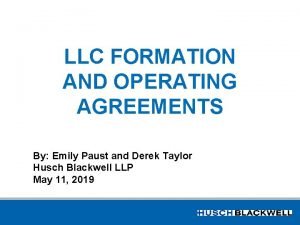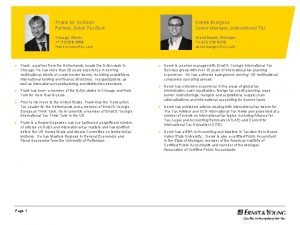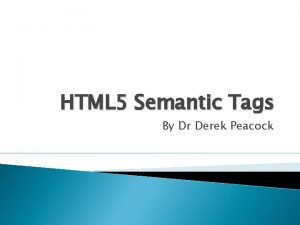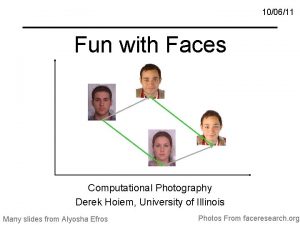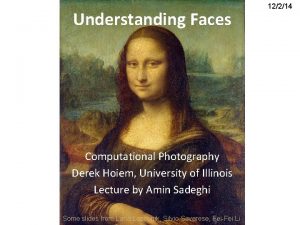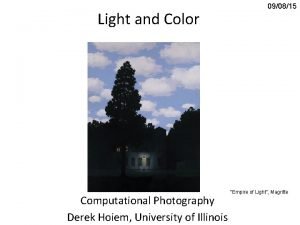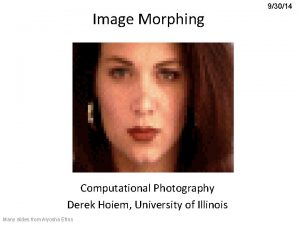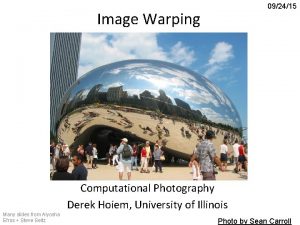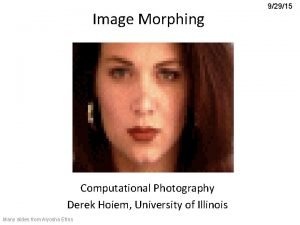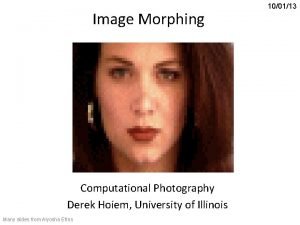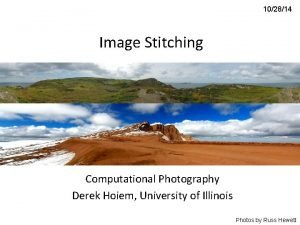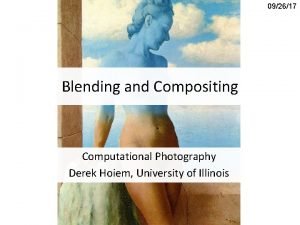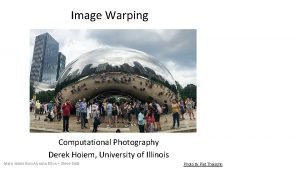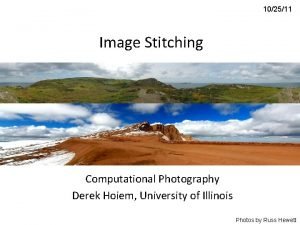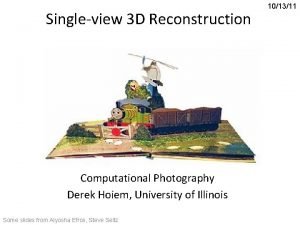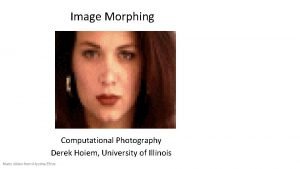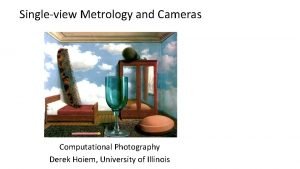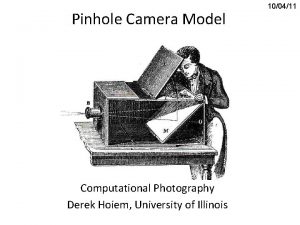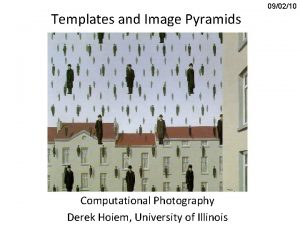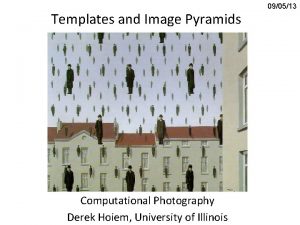100611 Fun with Faces Computational Photography Derek Hoiem




































- Slides: 36

10/06/11 Fun with Faces Computational Photography Derek Hoiem, University of Illinois Many slides from Alyosha Efros Photos From faceresearch. org

I will talk about • • • Averaging Faces Transforming Faces Principal Component Analysis Face Attractiveness Further Applications

The Power of Averaging

The Power of Averaging

8 -hour exposure © Atta Kim

Figure-centric averages Antonio Torralba & Aude Oliva (2002) Averages: Hundreds of images containing a person are averaged to reveal regularities in the intensity patterns across all the images.

More by Jason Salavon More at: http: //www. salavon. com/

How do we average faces? http: //www 2. imm. dtu. dk/~aam/datasets. html

Review: Morphing image #1 warp image #2 morphing warp

Cross-Dissolve vs. Morphing Average of Appearance Vectors http: //www. faceresearch. org/ demos/vector Images from James Hays Average of Shape Vectors

Average of multiple Face 1. Warp to mean shape 2. Average pixels http: //www. faceresearch. org/demos/average http: //graphics. cmu. edu/courses/15 -463/2004_fall/www/handins/brh/final/

Appearance Vectors vs. Shape Vectors Appearance Vector of 200*150*3 Dimensions 200*150 pixels (RGB) Vector of 43*2 Dimensions Shape Vector 43 coordinates (x, y) • Requires Annotation • Provides alignment! Complements

Average Men of the world

Average Women of the world

Subpopulation means Other Examples: • • Average Kids Happy Males Etc. http: //www. faceresearch. org Average female Average kid Average happy male Average male

Manipulating faces • How can we make a face look more female/male, young/old, happy/sad, etc. ? • http: //www. faceresearch. org/demos/transform Current face Prototype 1 Prototype 2

Manipulating faces • We can imagine various meaningful directions. Sad Masculine Current face Feminine Happy

Face Space • How to find a set of directions to cover all space? • We call these directions Basis • If number of basis faces is large enough to span the face subspace: • Any new face can be represented as a linear combination of basis vectors.

Issues: 1. How many basis faces is enough? 2. Which ones should they be? 3. What if some variations are more important than others? • E. g. corners of mouth carry much more information than haircut Need a way to obtain basis images automatically, in order of importance! But what’s important?

Principal Component Analysis Given a point set finds a basis such that , in an M-dim space, PCA • coefficients of the point set in that basis are uncorrelated • The most variation is in the first basis vector, then second, … x 1 2 nd principal component x 0 1 st principal component x 0

PCA in MATLAB x=rand(3, 10); %10 3 D examples M=mean(x, 2); x 2=x-repmat(M, [1 n]); covariance=x 2*x 2'; [U E] = eig(covariance) U= 0. 74 0. 07 -0. 66 0. 65 0. 10 0. 74 -0. 12 0. 99 -0. 02 E= 0. 27 0 0. 63 0 0. 94

Principal Component Analysis Continued… • first r < M basis vectors provide an approximate basis that minimizes the mean-squared-error (MSE) in the approximation (over all bases with dimension r) Choosing subspace dimension r: • look at decay of the eigenvalues as a function of r • Larger r means lower expected error in the subspace data approximation eigenvalues 1 r M

Eigen. Faces First popular use of PCA on images was for modeling and recognition of faces [Kirby and Sirovich, 1990, Turk and Pentland, 1991] § Collect a face ensemble § Normalize for contrast, scale, & orientation. § Remove backgrounds § Apply PCA & choose the first N eigen-images that account for most of the variance of the mean data. face lighting variation

First 3 Shape Basis Mean appearance http: //graphics. cmu. edu/courses/15 -463/2004_fall/www/handins/brh/final/

Morphable Face Model http: //www. youtube. com/watch? v=w. Hg 3 a 9 z 0 a. Ig&feature=related

Morphing Applications • The basis concept is useful in many domains • • • 3 D-face Human pose Any Object facegen. com

Which face is more attractive? beautified original

Data-Driven Enhancement of Facial Attractiveness T. Leyvand, D. Cohen-Or, G. Dror, and D. Lischinski SIGGRAPH 2008

System Overview

• How to achieve Training Data: http: //www. faceresearch. org/experiment? id=486 • Demo: http: //www. youtube. com/watch? v=l. Vbr. Uuw. K-8 g

Face Swapping: Automatically Replacing Faces in Photographs D. Bitouk, N. Kumar, S. Dhillon, P. Belhumeur, S. K. Nayar SIGGRAPH 2008

More fun with faces A Conditional Random Field for Automatic Photo Editing M. Brand, P. Pletscher CVPR 2008

More fun with faces Original image Expression transfer by warping Proposed method Expressive Expression Mapping with Ratio Images Z. Liu, Y. Shan, Z. Zhang SIGGRAPH 2001

Realtime Performance-Based Facial Animation http: //www. youtube. com/watch? v=8 kb. Ph. G 3 y 8 ts

Things to remember • • Appearance Vector Shape Vector Face Transformation Principal Component Analysis

Questions…
 Derek hoiem
Derek hoiem Derek hoiem
Derek hoiem Derek hoiem
Derek hoiem Computational photography uiuc
Computational photography uiuc Computational photography uiuc
Computational photography uiuc Is abstract photography same as conceptual photography
Is abstract photography same as conceptual photography What is vertices of cube
What is vertices of cube Barbara stringer
Barbara stringer Proprioceptors
Proprioceptors Derek booth hockey
Derek booth hockey Dr derek lovell psychiatrist
Dr derek lovell psychiatrist Derek grooms
Derek grooms Derek england
Derek england Dr derek bub
Dr derek bub Derek donahue
Derek donahue Derek deroche
Derek deroche Dr derek lee
Dr derek lee Derek donegan md
Derek donegan md Derek walcott fay moston
Derek walcott fay moston Derek munn
Derek munn Ift 3355
Ift 3355 Derek dokter
Derek dokter Ap literature frq
Ap literature frq Whales are sea living mammals
Whales are sea living mammals Derek haas ut austin
Derek haas ut austin Derek brewin
Derek brewin Derek paiz
Derek paiz Derek jeter diet
Derek jeter diet Magnitude of acceleration formula
Magnitude of acceleration formula Derek karssenberg
Derek karssenberg Professor derek bell
Professor derek bell Emily paust
Emily paust Frank schoon
Frank schoon Derek comartin
Derek comartin Derek xia
Derek xia Feature slices
Feature slices Derek cheader
Derek cheader
